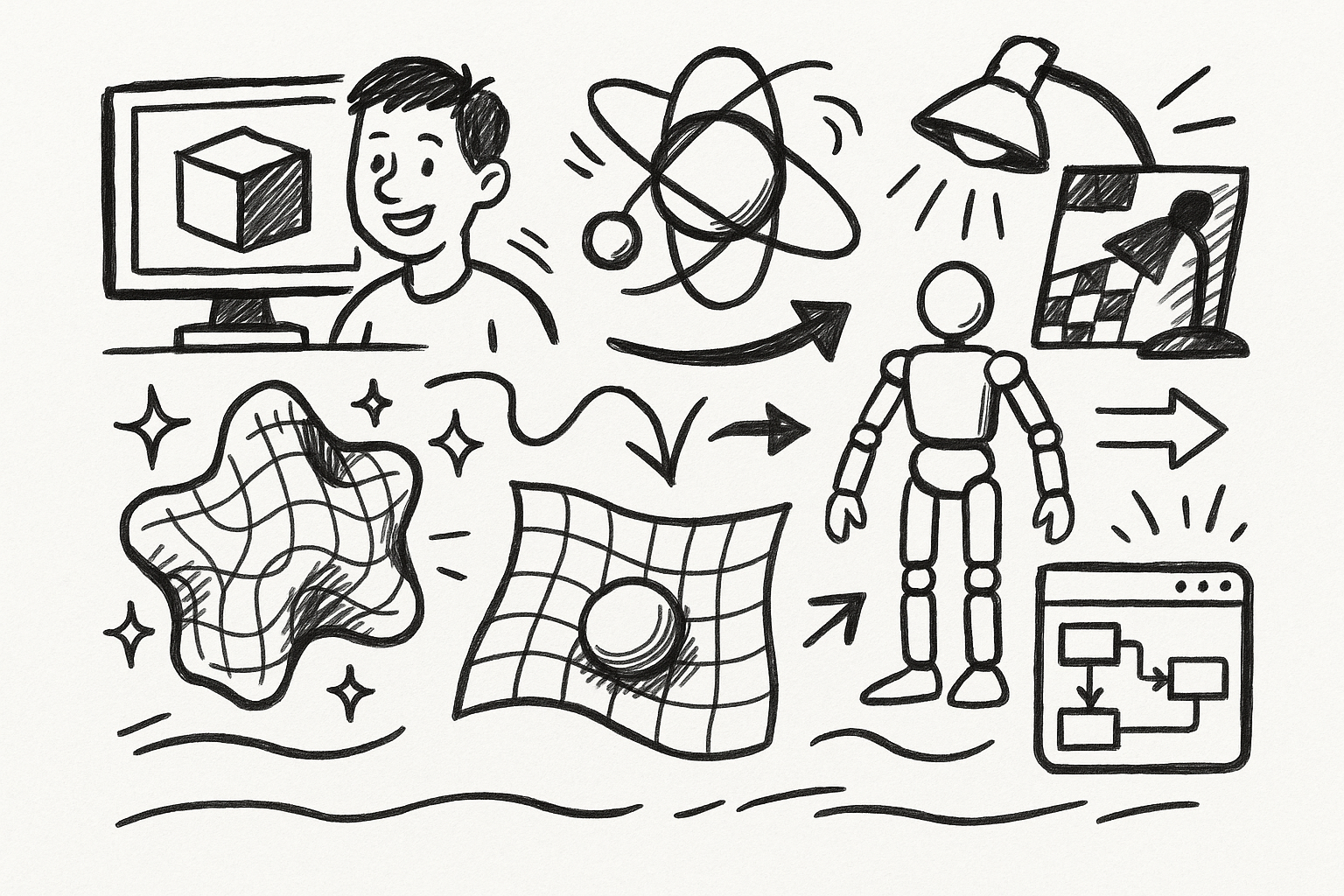Your Cart is Empty
Efficient memory usage is crucial when working with complex scenes in V-Ray. Here are some tips to help you optimize memory usage and ensure smoother rendering experiences:
- Use V-Ray Proxy Objects: Proxies allow you to work with complex geometry while keeping memory usage low. They load only the necessary data during rendering, reducing RAM consumption.
- Optimize Textures: Large texture files can quickly consume significant memory. Use lower resolution textures where possible and convert textures to V-Ray's .tx format for better memory management.
- Leverage Instancing: Instead of duplicating objects, use instances to save memory. Instances share the same geometric data, reducing the overall memory footprint.
- Tweak Render Settings: Lowering settings like Global Illumination (GI) subdivisions, reflection/refraction depth, and using the V-Ray Denoiser can help optimize memory usage while maintaining quality.
- Utilize V-Ray's Memory Tracking Tools: V-Ray provides tools to monitor and analyze memory usage. Use these tools to identify memory hogs and optimize accordingly.
- Consider V-Ray GPU Rendering: If you have a powerful GPU, V-Ray GPU can handle large scenes more efficiently by leveraging the GPU's memory.
For more tips and professional advice on using V-Ray, visit NOVEDGE. Optimizing memory usage not only improves render times but also ensures a more stable and efficient workflow.






